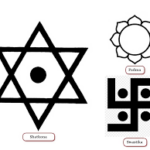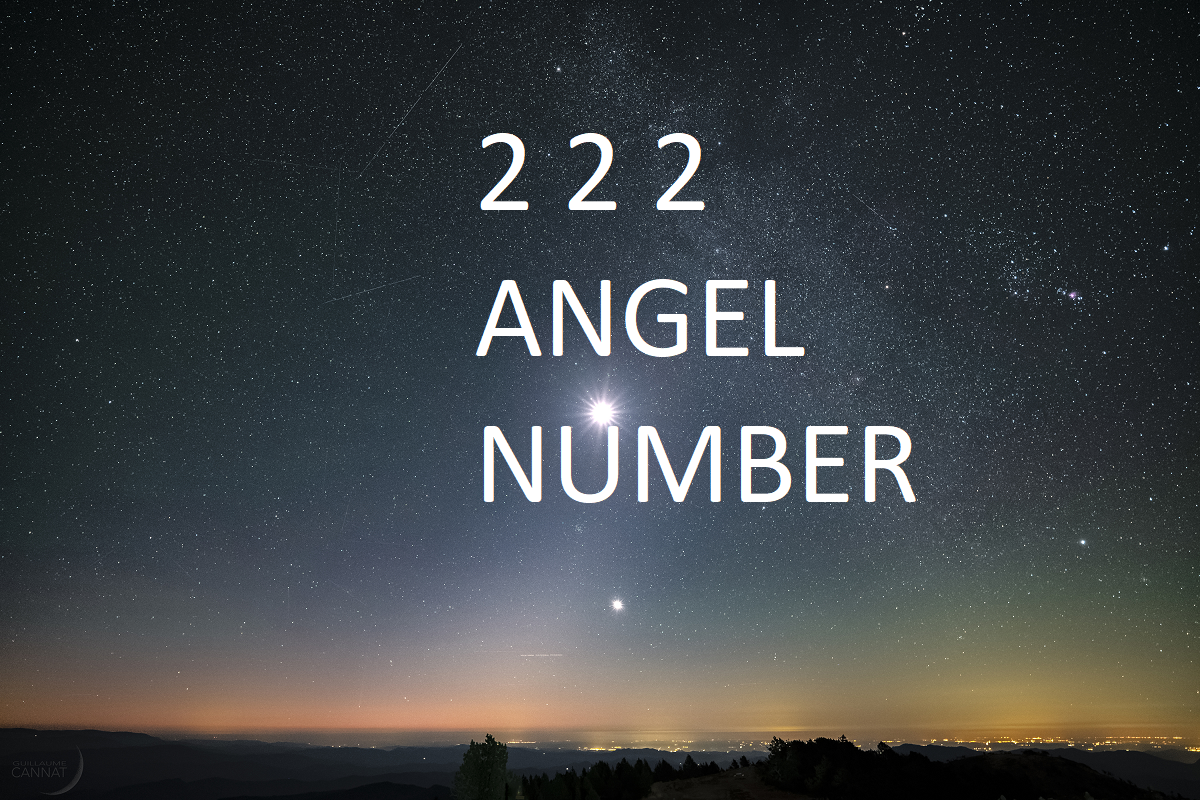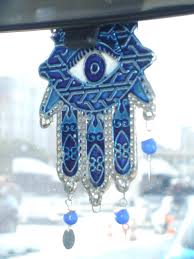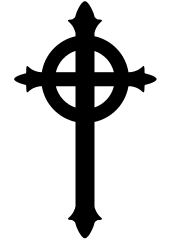
Sacred of Hinduism symbol
| Symbol | Sacred of Hinduism |
| Religion | Hinduism Om Symbol - Hinduism, Buddhism |
| Origin | Rooted in ancient Indian civilization, with origins tracing back thousands of years. |
| Meaning | Symbolizes the concept of dharma (duty/righteousness), karma (action), samsara (cycle of birth, death, and rebirth), and moksha (liberation). |
| Appearance | Typically depicted as the Aum (ॐ) symbol, comprising three curves and a dot, representing the divine trinity: Brahma (the creator), Vishnu (the preserver), and Shiva (the destroyer). |
| Colors | Often depicted in gold, red, or black, though it can vary depending on artistic representation and context. |
| Usage | Utilized in religious rituals, ceremonies, meditation, and as a visual representation of Hinduism. |
| History | Has ancient roots in Vedic texts and has evolved over time, becoming a ubiquitous symbol in Hindu culture. |
| Popularity | Widely recognized and revered among Hindus globally, as well as gaining recognition and respect worldwide. |
| Importance | Holds profound spiritual significance, serving as a reminder of the interconnectedness of all existence and the ultimate goal of spiritual liberation. |
| Complexity | Symbolizes the complex nature of reality and the universe, encapsulating profound philosophical concepts within its simple yet intricate design. |
| Emotions | Inspires feelings of reverence, spirituality, and inner peace among followers, serving as a focal point for meditation and spiritual contemplation. |
- Sacred Symbols in Hinduism: A Glimpse into the Divine
Hinduism, a vibrant and diverse religion, boasts a rich tapestry of sacred symbols, each imbued with deep meaning and spiritual significance. Among these, a few stand out as quintessential representations of its core beliefs and practices.
Om (Aum): This single syllable, often represented as ॐ, holds immense power. It signifies the primordial sound, the universe itself, and the Brahman, the ultimate reality. Chanting Om is believed to connect one with the divine and is an integral part of Hindu prayers and rituals.
Swastika: This ancient symbol, predating its appropriation by hate groups, holds positive connotations in Hinduism. It represents auspiciousness, good luck, and the cyclical nature of existence. Often depicted with its arms bent at right angles, it adorns temples, doorways, and religious objects.
Sri Yantra: This intricate geometric diagram, composed of interlocking triangles and lotus petals, symbolizes the cosmos and the divine feminine energy, Shakti. Used for meditation and spiritual contemplation, it represents the path to enlightenment and the union of the individual soul with the ultimate reality.
Beyond these central symbols, Hinduism embraces numerous others, each with its own unique story and significance.From the majestic Trishul (trident) of Shiva to the graceful lotus flower symbolizing purity and spiritual growth, these symbols offer a window into the multifaceted world of Hindu faith and practice.
It’s important to remember that the interpretations and significance of these symbols can vary depending on the specific school of thought or individual practitioner within Hinduism. This summary provides a brief overview, and further exploration is recommended to delve deeper into the rich symbolism of this diverse religion.
View rest of the Hinduism Symbols, Religious Symbols
-
444 angel number
-
333 angel number
-
222 Angel Number
-
Christianity
-
Catholic Fish
-
Hamsa Hand
-
Jesus Cross
-
Presbyterian
-
Judgement








